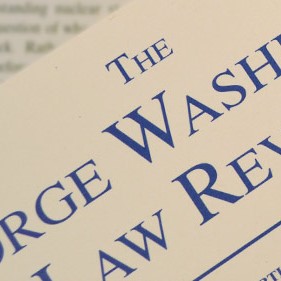Linda S. Mullenix · February 2011
79 GEO. WASH. L. REV. 448 (2011)
In a significant appeal decided March 31, 2010—and largely ignored by the media—a plurality of Supreme Court Justices in Shady Grove Orthopedic Associates, P.A. v. Allstate Insurance Co. rescued federal class actions from withering demise at the hands of the states. The collision between federal and state class action practice in Shady Grove arose from a New York state civil code provision that prohibits plaintiffs from pursuing a class action to recover statutory penalties or minimal recoveries. The Shady Grove appeal raised the single issue whether federal courts in diversity class actions must apply state provisions that limit or prohibit certain categories of class actions, or whether the federal class action Rule 23 trumps the field so as to override any countervailing state law provisions.
The Court decided that Federal Rule of Civil Procedure 23 takes precedence in federal diversity class actions and preempts state statutory provisions that limit class litigation. Shady Grove is muddled, however, by an array of decisions running nearly forty-two pages in length, with Justices joining and concurring in various parts. There is no majority opinion in Shady Grove. The Court split 4–1–4, with the departing Justice Stevens’s concurrence supplying the pivotal vote in support of Rule 23. Justice Stevens’s concurrence, however, simultaneously disagrees with Scalia’s opinion and agrees with Ginsburg’s dissent, further mystifying Erie doctrine.

